For a regular dancegoer in New York City, the Alvin Ailey American Dance Theater seasons arrive with the comforting predictability of a Christmas Nutcracker. Superb dancers, Ailey’s sublime Revelations, jubilant audiences, stirring evocations of African-American identity: it’s easy to begin to take these things for granted.
When you haven’t seen the Ailey company for a while, a season packed with these riveting dancers is a newly wondrous thing, a fresh discovery of the particularity that makes the troupe both a cultural and historic phenomenon. The company’s Sadler’s Wells Theatre season, which opened on the 6 September and runs through to the 17th, is the start of a six-week UK tour. Nine works are on show, representing both heritage —Ailey’s Revelations, the repertory cornerstone, ends every programme — and new works commissioned or acquired since Robert Battle became the artistic director in 2011.
Ailey, born in rural Texas in 1931, founded his company in New York in 1958, a conspicuous act of bravery and optimism. From Blues Suite, his first work for his new ensemble, he made a claim for the experience of black Americans as a source of creative and spiritual energy. Revelations, which followed in 1960, didn’t just cement that claim; it happened to be a masterpiece that effectively secured the future of his company beyond his early death in 1989.
Set to spirituals and gospel music, Revelations is a communal journey from baptism through sin, despair, longing and salvation, and it resonates with an unquenchable spirit and an irresistible dance impulse that audiences adore without fail. It’s almost impervious to casting; I saw different sets of dancers in the Revelations solo roles over the three London programmes, and despite the odd standout moment (Jeroboam Bozeman in ‘Sinner Man’, Akua Noni Parker in ‘Wade in the Water’), it didn’t matter much. The performer’s largeness of spirit and utter conviction provides the thrill of transcendence that makes the work an enduring joy.
The rest of the Ailey company’s repertory, however, has often suffered from generic feel-good blandness. Under Judith Jamison, Ailey’s star dancer and the company director from his death until 2011, much of the new work commissioned for the troupe was forgettable, and the dancing style frequently felt Broadway-style showy, even though the dancers reached new heights of athleticism and prowess. (Today, when it’s a given that the Ailey dancers are physical masters of the universe, it’s instructive to note Clive Barnes’s comment in a 1970 New York Times review that the troupe’s standards never drop below ‘at least modest accomplishment’.)
Battle, a choreographer who had his own company before becoming the artistic director of Ailey, has clearly tried to change some of that. He has brought in new dancers and expanded the company’s stylistic range, acquiring pieces by Paul Taylor, Ohad Naharin, Aszure Barton, Christopher Wheeldon and Wayne McGregor, as well as from established African-American dance-makers like Rennie Harris and Ronald K. Brown. But the predominant spirit of an Ailey performance — essentially a good time had by all — remains firmly in place. No matter how tough the subject matter, the audience never really suffers.
Harris’s Exodus (2015), which opened the first program at the Wells, is certainly full of tough material. It begins with a group of fallen bodies in hazy, fitfully illuminated light, one woman rocking back and forth in grief, as a statuesque, bare-chested man appears to summon them. Are they refugees, fallen souls, a devastated community? Is the tall man a healer or a figure of death? Gunshots and falling bodies suggest the burning US issue of unarmed black men shot by the police.
But Harris, an important choreographer working in a hip-hop idiom, doesn’t linger on these questions. A pulsing beat of house music (credited to ‘various artists’) slowly breaks through a soundtrack of fragmented cries and melodies, and individual dancers begin to rise, breaking into short bursts of hip-hop infused footwork, torsos rippling, eventually cohering in ensembles of thrilling kinetic complexity. Later, they reappear dressed in white; the final section suggests a Revelations-like transcendence through the power of faith and belief.
While Exodus was the important work on Programme A (which included Brown’s Four Corners and Wheeldon’s After the Rain Pas de Deux), Taylor’s 1997 Piazzolla Caldera was the much-acclaimed centrepiece of Programme B. Set to music by Astor Piazzolla, it is a brilliantly constructed dance of sexual need and gender warfare under a thin skin of tango formality. Exits and entrances, spiralling patterns and cantilevered partnering provide a masterclass in dance-making, a framework for the drama of desire and defeat. I didn’t love it as much as the audience — its stockinged steaminess feels too obvious — but it showed the Ailey dancers at their glorious best.
Got something to add? Join the discussion and comment below.
Get 10 issues for just $10
Subscribe to The Spectator Australia today for the next 10 magazine issues, plus full online access, for just $10.

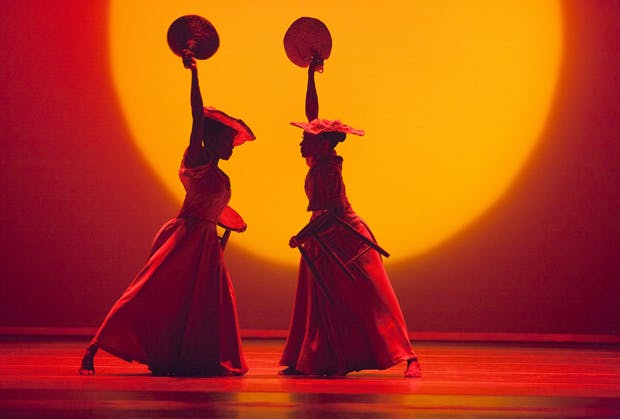
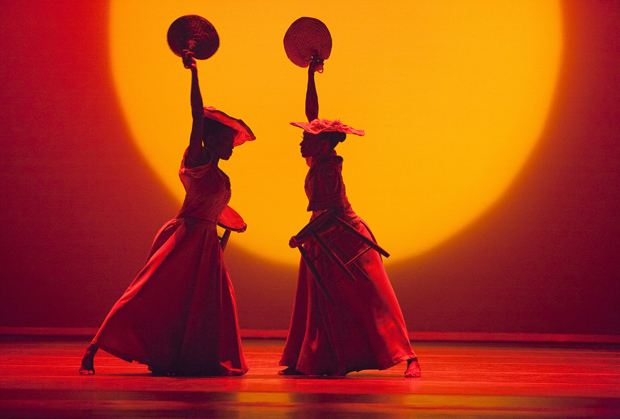
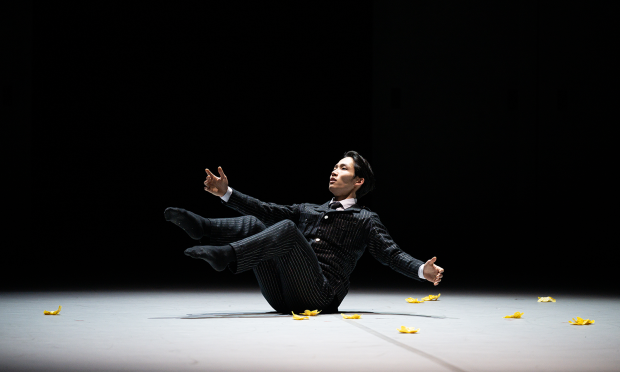
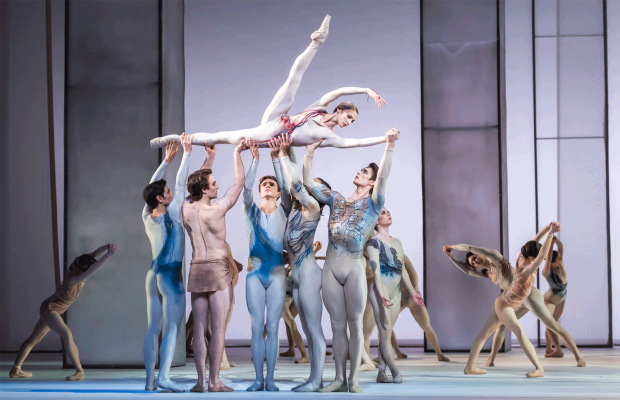
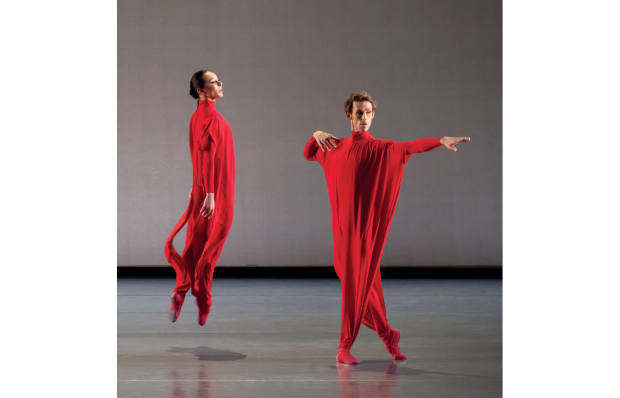
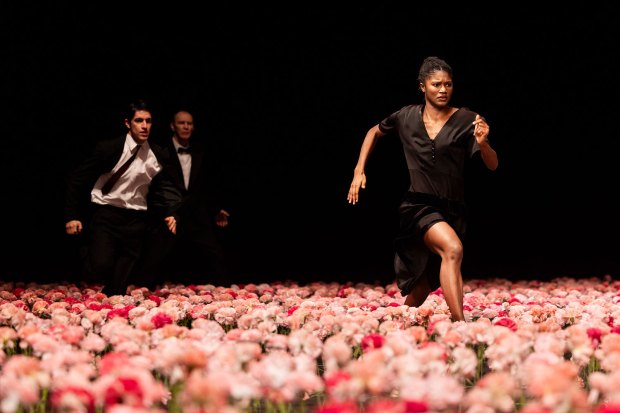
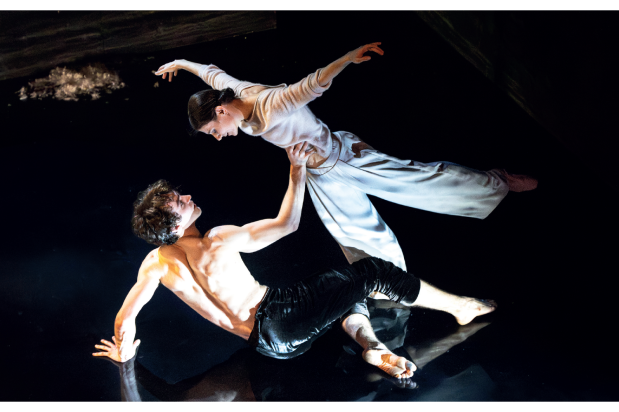






Comments
Don't miss out
Join the conversation with other Spectator Australia readers. Subscribe to leave a comment.
SUBSCRIBEAlready a subscriber? Log in